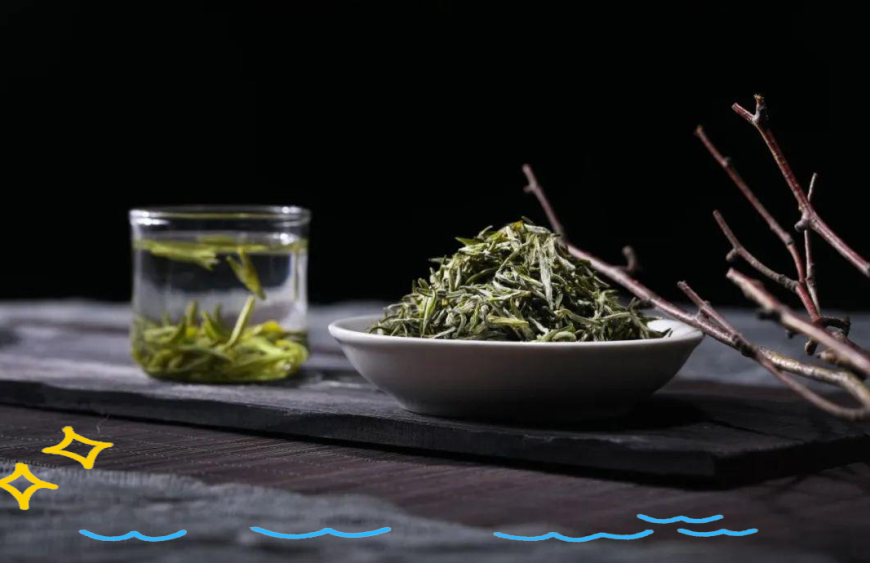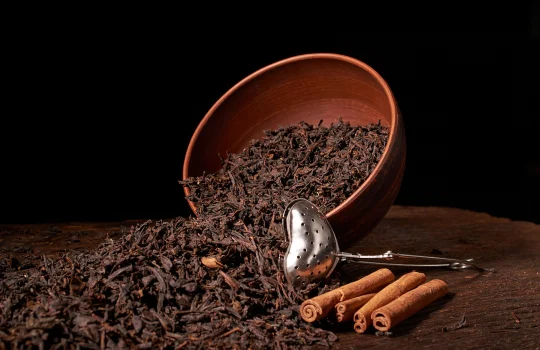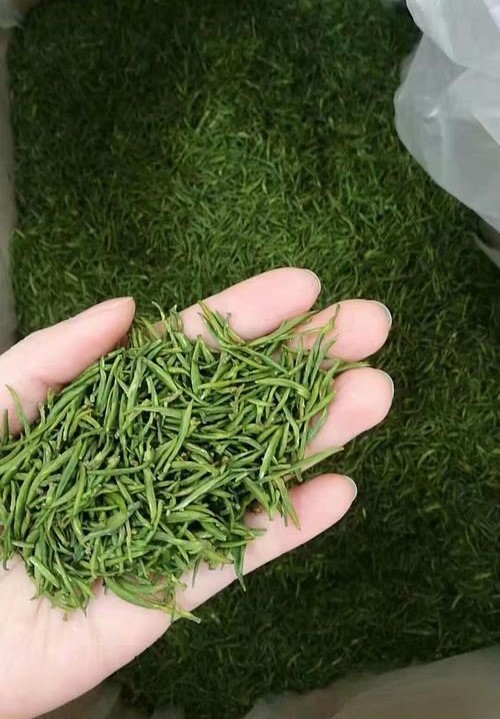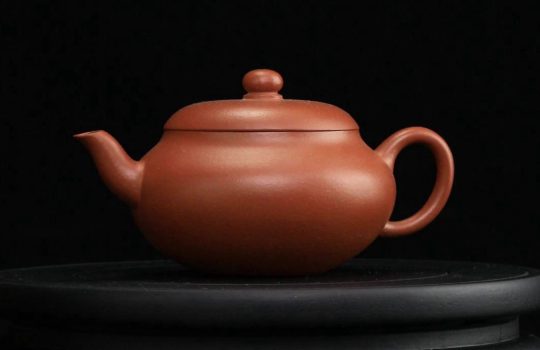1. Teapot Brewing Method
First, thoroughly clean the tea utensils, including the teapot and teacups, ensuring they are spotless. Next, pour boiling water into the teapot and gently swirl it around to clean the teapot while simultaneously warming the utensils. Then, pour out the water from the water basin, completing the cleaning and preheating of the utensils.
Next, add an appropriate amount of green tea to the teapot based on its size, typically 50–60 millilitres of boiling water per gram of tea leaves. When brewing, first pour the water into the teapot in a counterclockwise circular motion, then switch to a straight stream once the water covers the tea leaves. During the pouring process, use wrist movements to rhythmically lift and lower the kettle three times until the teapot is full. Finally, use the teapot lid to gently scrape off the foam from the surface of the water. Wait for the tea leaves to steep in the teapot for about 3 minutes, then pour the tea into the cups. A fragrant cup of green tea is now ready to enjoy.
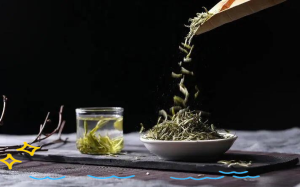
II. Covered Bowl Brewing Method
First, prepare an appropriate number of covered bowls, depending on the situation, and clean them. Arrange the bowls in a straight line, gently lift the lids, and place them at an angle on the right side of the bowl stand. Then, pour a small amount of boiling water into each bowl. Next, use your right hand to tilt the lid slightly over the bowl, hold the bowl with both hands, press the lid button with your thumb, and gently rotate the bowl three times in a clockwise direction. During this process, slowly pour the rinsing water out through the gap between the lid and the bowl, then return it to the bowl stand. Repeat the above steps until all the tea utensils are cleaned, achieving the purpose of cleaning and warming the utensils.
Next, place the tea leaves into the tea bowl one by one, typically about 2 grams of tea leaves per ordinary lidded bowl. Then, slowly pour boiling water into the lidded bowl, ensuring that the water does not directly hit the tea leaves but is poured along the inner wall of the bowl. Fill the bowl to about seven or eight parts full.
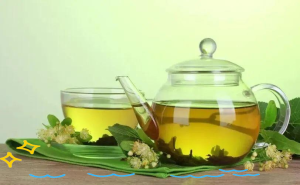
Finally, after pouring the water, quickly tilt the lid bowl to cover it, but ensure there is a small gap between the lid and the bowl rim to prevent the tea leaves from turning yellow or overcooking due to heat. This way, a fragrant and rich green tea can be perfectly brewed using the lid bowl method.
3. Glass cup brewing method
This method of brewing tea is very popular among office workers, especially in northern regions, due to its simplicity and speed. Simply pour boiling water into a glass cup and enjoy. However, to better bring out the aroma of the tea, there are a few tips to keep in mind. Let’s explore how to use the glass cup brewing method to fully bring out the aroma of the tea.
①: Before brewing tea, the first step is to clean the tea utensils. Typically, we choose transparent glass cups and prepare the appropriate number of cups based on the number of people drinking tea. Next, pour boiling water into each cup one by one. This not only cleans the tea utensils but also preheats the cups, preparing them for brewing.
②: The process of adding tea leaves is also crucial. Since green tea leaves are delicate and prone to breaking, extra care must be taken when removing them from the tea canister. It is recommended to gently stir the leaves and slowly rotate the canister to avoid damage. Then, add an appropriate amount of tea leaves to the glass cup. If possible, using a tea scoop can help better control the quantity of tea leaves added.
The order in which the tea leaves are added is also important, as it determines the taste and aroma of the tea. There are three main methods for adding tea leaves: the top-pouring method, the middle-pouring method, and the bottom-pouring method.
The top-pouring method involves first pouring an adequate amount of hot water into the teacup, then adding the tea leaves once the water temperature has cooled to an appropriate level. This method is suitable for delicate green teas such as top-grade Longjing and Huangshan Maofeng, as these teas are extremely delicate and precise control of water temperature is crucial.
The middle method involves first adding one-third of the hot water to the teacup, allowing the tea leaves to fully absorb the water and unfurl, before topping up with the remaining hot water. This method is suitable for green teas that are both delicate and loosely rolled, such as Zhu Ye Qing.
The bottom method involves first placing the tea leaves in the teacup, then pouring in an adequate amount of hot water in one go. This is the most commonly used method and is suitable for ordinary green teas with lower delicacy.
③: After the water boils, wait until it reaches the appropriate temperature before brewing. When pouring water, gently shake the wrist to create a rhythmic rise and fall of the teapot, known as ‘three rises and three falls.’ Next, use the high-pour technique to pour the water into the cup from a height, typically filling it to about 70% capacity. Additionally, the brewing time must be precisely controlled, generally completed within 15 seconds. It is also important to avoid directly pouring boiling water over the tea leaves to prevent them from being damaged by the high temperature.

